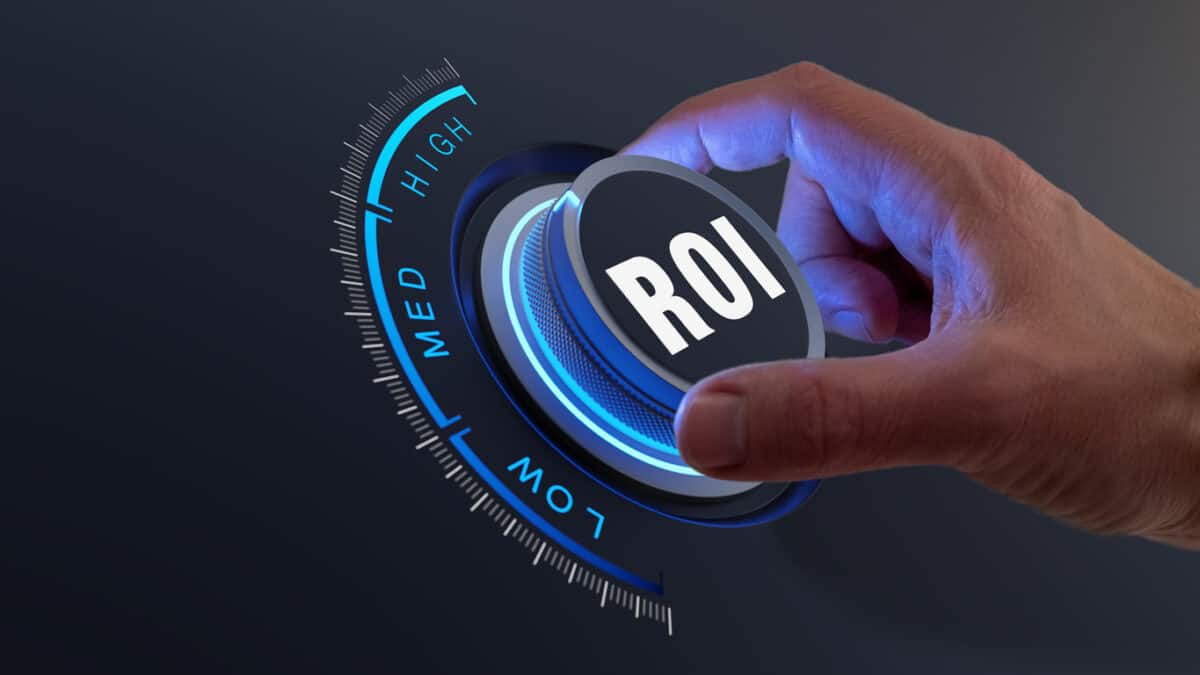On March 17 2023, the Australian government released the Productivity Commission’s latest 5-year Productivity Inquiry report. At well over a thousand pages, few people are going to read it to the level it deserves. Nor will I, but I have dipped into it and found a couple of important comments that relate directly to the management of occupational health and safety (OHS).
Category: economics
Getting the (political) balance right
One can never accuse politicians of deep or systems thinking on the issues and policies for which they are responsible. Victoria’s Minister for WorkSafe, Danny Pearson, spoke at a press conference on March 6, 2023, about the viability of the workers’ compensation systems, which he described as broken, during a substantial increase in claims for workplace mental injury. Premier Dan Andrews has spoken of this matter since and with a similar perspective – politics rather than occupational health and safety (OHS).
How this issue develops over the next month may determine who speaks for the government at the April 28 Workers Memorial event.
Big consultancies sully their own nest
Large consulting firms have been getting a hammering lately. Fraud, leaking information, work-related suicides, corruption, unethical behaviour……. I bet they are nostalgic for the good old days when they were primarily auditors. There are several occupational health and safety (OHS) connections with the Big4, Big3 or Big 7. Auditing is the obvious overlap, but several recent books have identified some other strange relationships with Government that affect policy that, in turn, affect OHS. This is a brief look at one of those books – The Big Con.
Research shows good ROI for OHS
According to the abstract of a recent piece of research from Canada:
“Financial benefits combined estimates of the tangible financial benefits arising from averted disabling work-related injury and illness and intangible financial benefits associated with improved employee retention and morale, improved production quality and strengthened corporate reputation. Applying these plausible assumptions, the average return on OHS expenditures was 1.24 for 289 manufacturing employers, 2.14 for 56 transportation employers and 1.34 for 88 construction employers.”
One can froth up about the Return on Investment (ROI) figures, which are notable, but of interest was the mix of tangible and intangible factors in the equation.
Good construction and mental health article that fails to go far enough
A recent article by Aurora B. Le, Doug Trout, Ann Marie Dale, and Scott Earnest is a good introduction to the psychosocial hazards faced by construction workers in the United States. It is typical of many articles written about work health and safety generally – good information but with weak or timid solutions.
Revisiting the sociology of work
I am always surprised how few people who talk about workplace and safety cultures seem not to have read the great sociologists of culture. Raymond Williams was important when I studied sociology and literature at university in the 1980s. I was reminded of his importance by this article in Catalyst.
As neoliberalism experiences a decline in influence on governments and corporations, it is useful to look at the sociology of culture from the pre-neoliberalism days, even if only dipping into my bookshelves. The Catalyst article opens with this:
“Raymond Williams hasn’t survived the cultural turn intact. Even though he was instrumental in foregrounding the significance of culture in human affairs, his materialist methodology and commitment to socialism jarred against the textualism and cultural relativism of the last three decades. The rise of neoliberalism had an effect as well. It undercut the values of cooperation and solidarity that were key to postwar radical intellectuals like Williams. But a Williams revival is finally underway.”
The wicked problem of the safety of shearers and the viability of sheep farming
Shearing sheep is an exhausting laborious job and so can cause work-related injuries for which workers’ compensation can be sought. The Weekly Times on January 4 2023 (paywalled) devoted a whole page to the issue in an article headlined “The shear cost of it all”. (Only a companion piece is available online at the time of writing)
The aim of the article seems to be to illustrate the exorbitant and unfair workers’ compensation costs faced by the employers of shearers, but some relevant occupational health and safety (OHS) matters are overlooked.






